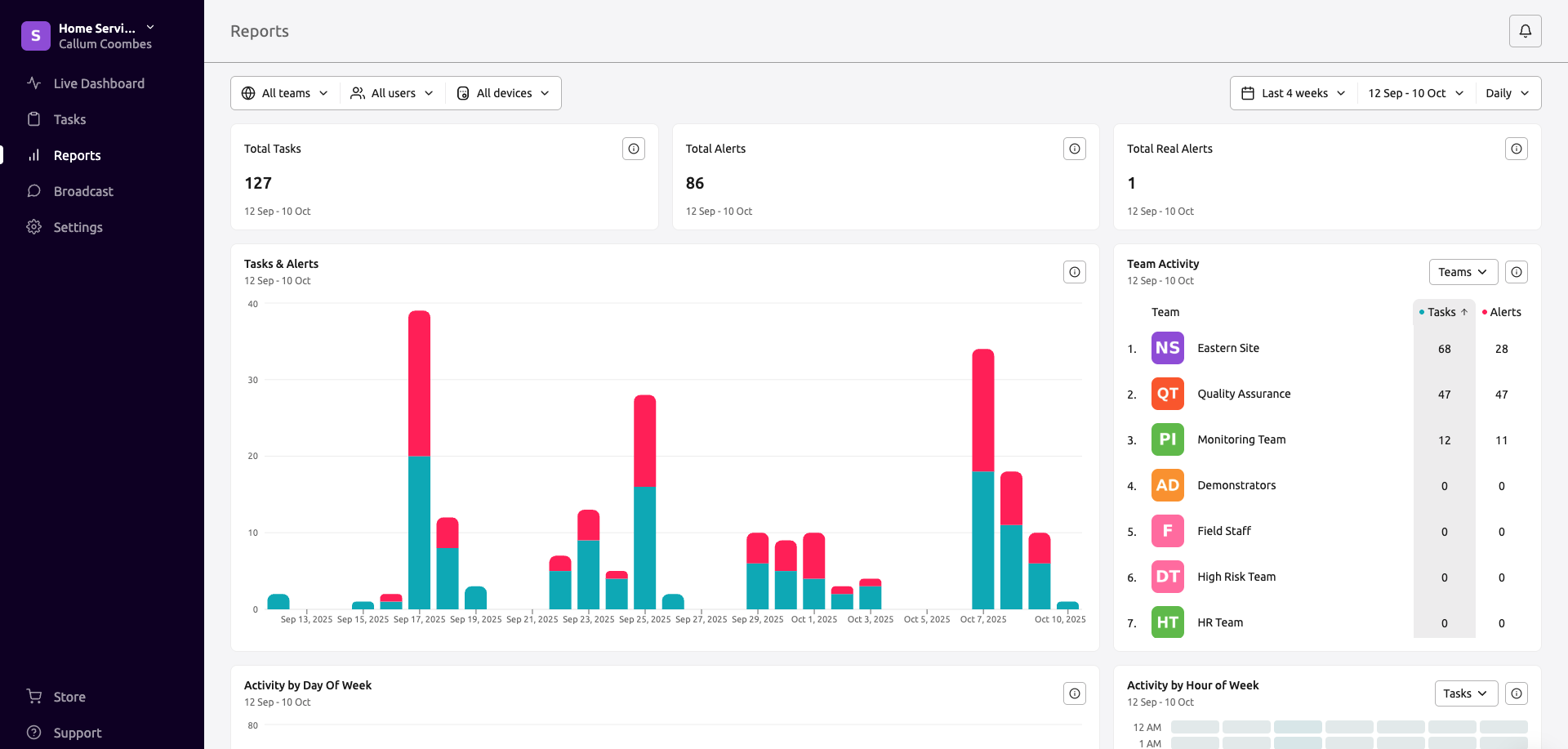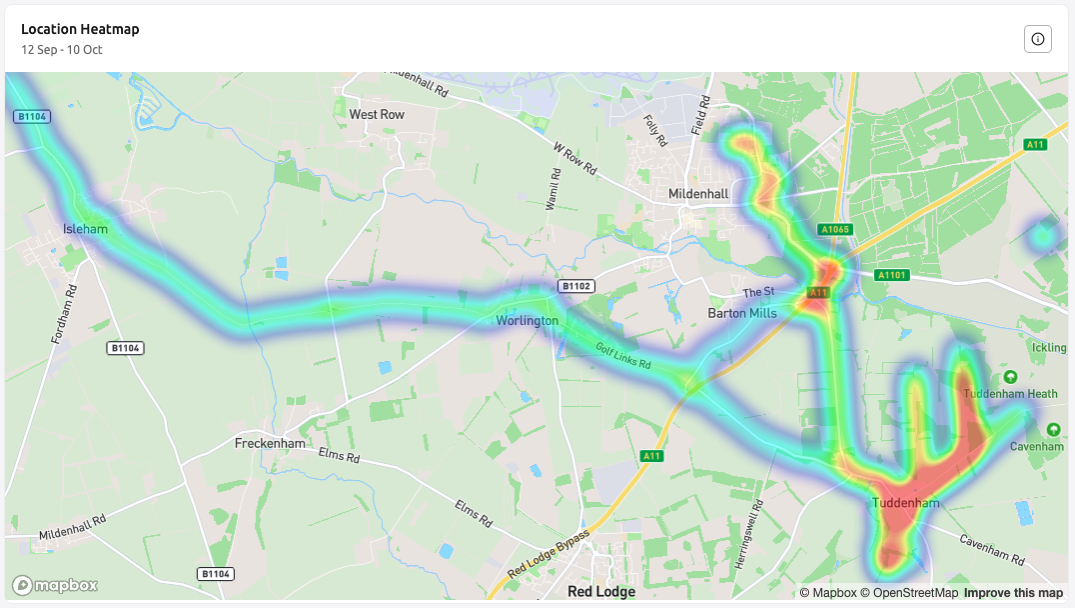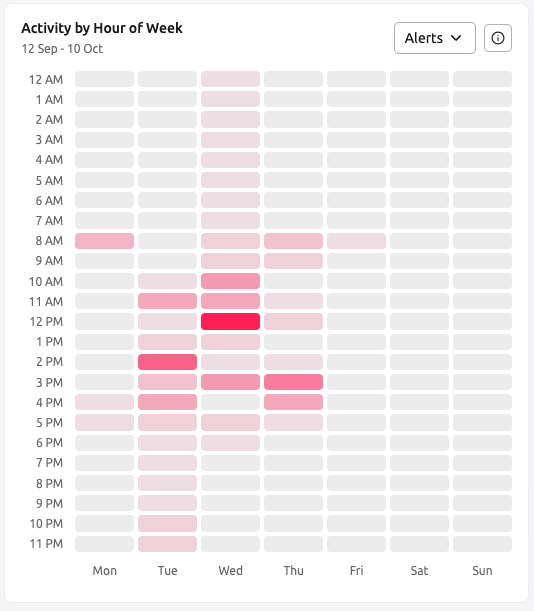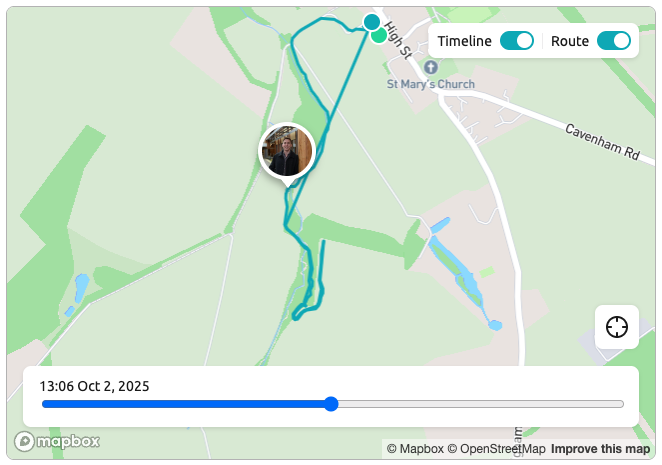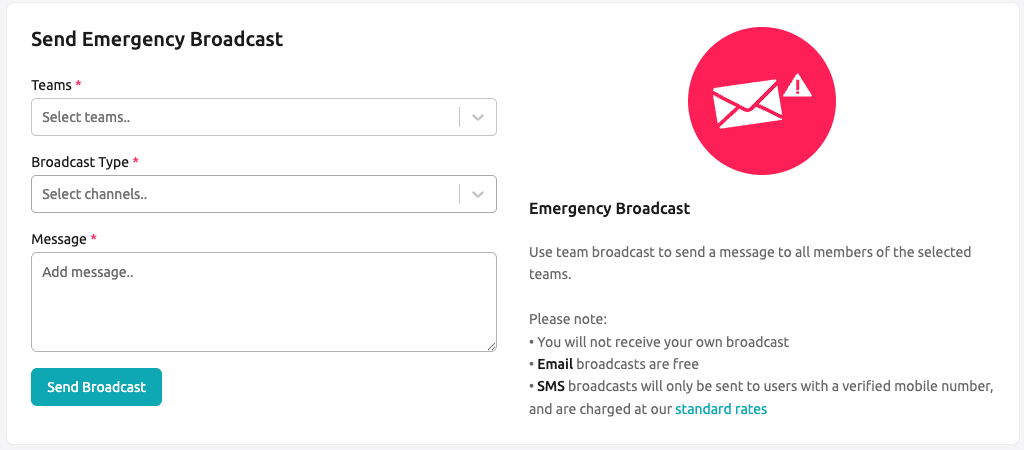Safepoint unveils major update to its Lone Worker Management Portal for smarter, insight-driven safety monitoring
Safepoint has announced the launch of its new Lone Worker Management Portal, a fully rebuilt platform designed to give organisations clearer oversight, stronger reporting, and faster access to the information that matters most in lone worker safety. The new system replaces the company’s previous web portal and represents years of development and user feedback, resulting in a more intuitive, data-rich tool for managing workers who operate alone or in high-risk environments.
The updated portal acts as the operational centre of the Safepoint ecosystem, connecting the Safepoint Lone Worker App, Lone Worker Device, and Location Beacon into one unified platform. From construction and utilities to healthcare and social work, the portal gives safety leaders the ability to oversee their workforce in real time, reducing both the administrative burden and response time.
A redesigned experience built for clarity
Safepoint’s new interface has been completely redesigned with clarity and simplicity in mind. Every screen and menu has been refined to reduce friction for safety professionals, allowing them to view key information at a glance and respond to alerts with speed and accuracy. The improved layout means that even in high-pressure situations, managers can move seamlessly between users, devices and teams without losing context.
At the centre of this new experience is the Reports Dashboard, a hub that provides an immediate overview of safety performance across an entire organisation. It presents real-time metrics such as total tasks, alerts, response outcomes, engagement levels and device activity. Managers can instantly identify patterns in safety behaviour, spot high-risk times of day, and track which teams are most active in the field.
The dashboard also introduces advanced heat maps that show where lone working activity is concentrated and where incidents most often occur. By filtering by team, user or device, managers can identify risk hotspots, whether that’s a single depot, construction site or service region. The data transforms anecdotal concerns into measurable insights, helping organisations adapt policies and training to the reality of field operations.
“This launch is about giving our customers a genuine picture of their safety operations,” said Callum Coombes, CEO of Safepoint. “For the first time, you can see not just when alerts happen, but where, how often, and under what conditions. That kind of visibility lets businesses act quickly and adjust their safety policies with real confidence.”
Turning data into decisions
The ability to turn daily safety data into meaningful insights is central to the new portal. By combining multiple layers of reporting, from engagement metrics to time-based activity breakdowns, Safepoint enables businesses to detect trends that might otherwise go unnoticed. For example, a manager may see that alerts frequently occur mid-week in a specific region. With that knowledge, they can review staffing levels, equipment status or process-based issues tied to that location.
Beyond incident response, these insights strengthen proactive risk management. Over time, patterns in alert frequency, check-in behaviour and team engagement can reveal opportunities to improve training, shift scheduling or even site layout. The system effectively turns day-to-day lone worker monitoring into an operational intelligence tool.
Improved task management and new timeline view
Safepoint’s new task management interface provides a single, unified view of every active and historic session across an organisation. Previously, managers needed to view each team separately. Now, the new task list brings all information into one place, with powerful filters to sort by user, team or device.
A major addition is the timeline feature, which allows managers to view a worker’s exact movement history during a session. The map can be scrolled backwards and forward in time to reconstruct events before, during and after an incident. This provides critical clarity in post-incident reviews, helping determine the sequence of events, confirm response times and support any regulatory reporting requirements.
“The timeline brings real context to lone worker activity,” said James Rogers, CTO of Safepoint. “You can literally rewind time and see how an incident unfolded. It’s the kind of feature that transforms how safety teams investigate and learn from real-world data.”
Emergency Broadcasts: reaching teams when it matters most
Safepoint’s Emergency Broadcast feature has been made more prominent in the new portal, now positioned directly within the main navigation. The tool allows administrators to send rapid alerts to selected teams or individuals via email and SMS. It’s designed for scenarios where information needs to reach workers immediately, whether that’s a severe weather warning, a chemical spill, a power outage or a regional transport issue that could leave field staff stranded.
In industries such as construction, utilities and healthcare, fast communication can be the difference between a contained incident and a wider disruption. With the Emergency Broadcast feature, managers can alert field teams to hazards in seconds, even if they are dispersed across multiple sites or locations. This capability has also proved valuable in planned situations, such as notifying staff about temporary road closures, equipment servicing, or sudden client cancellations that affect schedules.
By giving this feature greater visibility, Safepoint has ensured that organisations can respond quickly and confidently to developing risks, keeping staff informed and safe in real-world conditions.
Designed for the realities of safety management
The new Lone Worker Management Portal has been designed around the realities of how safety teams actually work. Many organisations rely on fragmented systems that make it difficult to find information quickly. Safepoint’s updated interface addresses that challenge by bringing all safety information together in one place, providing a clear, connected view of activity across the organisation.
The portal now offers oversight across entire organisations without forcing users to drill through complex menu structures. A health and safety director can see all active lone workers at once, while local managers can focus on their own teams. The structure mirrors how large businesses actually manage safety responsibilities, making the system efficient for both small teams and national enterprises.
“Our goal was to make advanced safety management simple,” added Coombes. “We’ve taken everything we’ve learned from working with hundreds of organisations and built a platform that’s both powerful and practical.”
Part of a complete safety ecosystem
The portal sits at the core of Safepoint’s growing technology ecosystem. Alongside the Safepoint Lone Worker App, Lone Worker Device, and Location Beacon, it provides a complete solution for protecting staff, collecting real-time data and maintaining compliance with lone worker and isolated worker legislation.
Together, these tools support organisations across sectors where staff regularly work alone or in isolated environments. From engineers and maintenance crews to healthcare visitors and social care professionals, Safepoint’s platform ensures that workers are connected, monitored and supported around the clock.
With the launch of the new portal, Safepoint has reaffirmed its commitment to developing technology that combines simplicity with depth, offering businesses not just compliance but a deeper understanding of safety itself.
Safepoint continues to lead the way in lone worker protection, helping organisations stay connected, compliant and confident that their people are safe, wherever they work.

